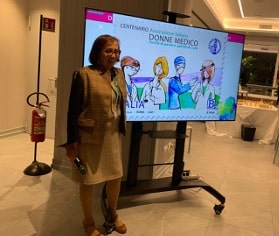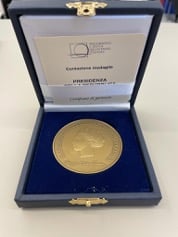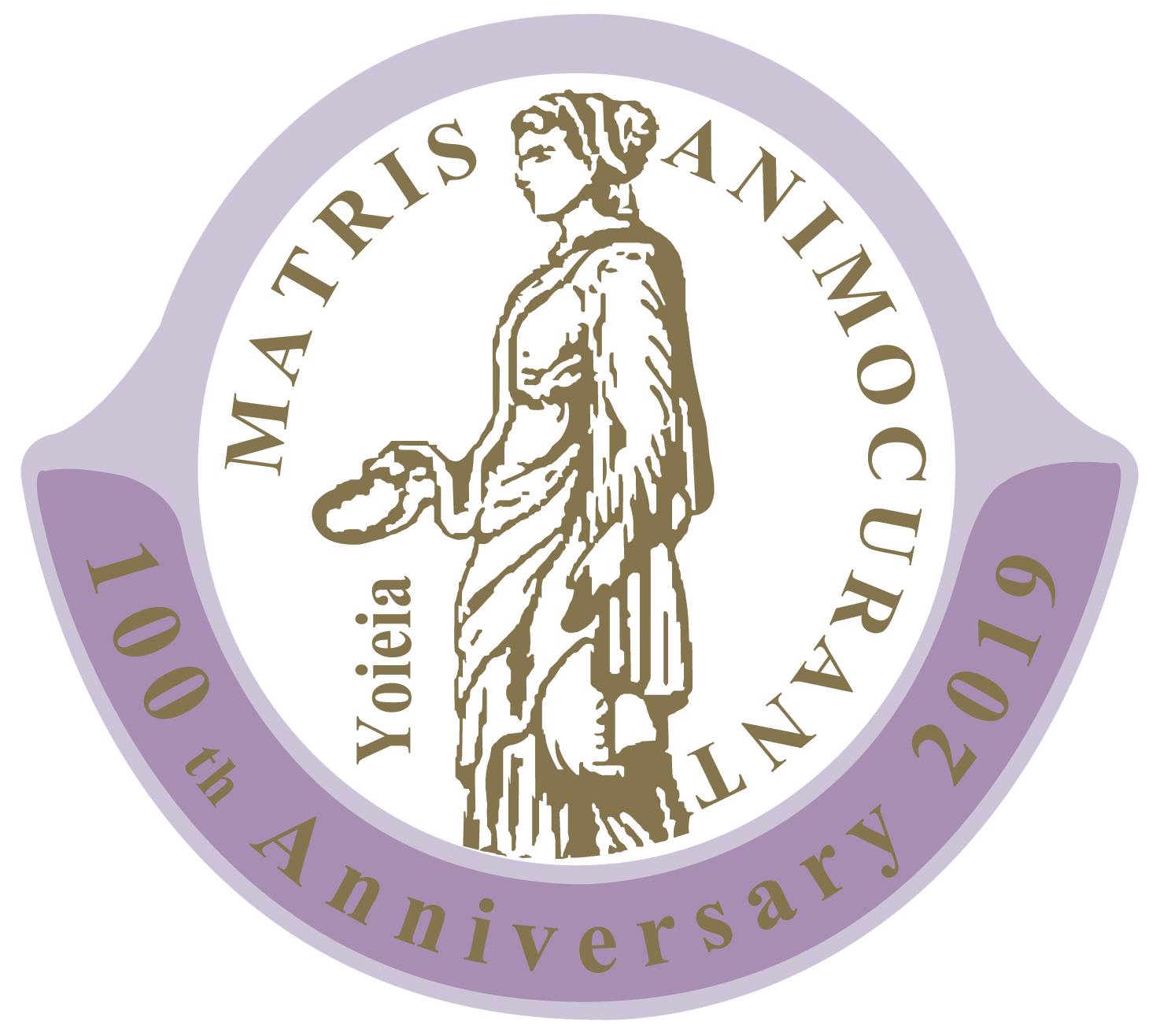President: Dr. Antonella Vezzani
The AIDM (Associazione Italiana Donne Medico) National Congress was held in Rome to celebrate the 100th anniversary of the Italian Medical Women’s Association s (1921-2021).

Fig:1 The AIDM National President, Dr. Antonella Vezzani near the stamp
The AIDM was set up in 1921 with the aim of promoting women’s and children’s health at a time when women were discriminated against, and to promote cooperation between women doctors in the awareness that in order to make their way in the medical field it was necessary to compare and share their cultural and professional experience.
In an updated and modern version of the association, the aim of the AIDM is to promote an interdisciplinary approach between the various medical areas that also takes into account the differences arising from gender. For this reason, the AIDM’s commitment in recent years has been directed towards an intense training activity on gender medicine with an interdisciplinary and transversal involvement, involving every branch and speciality.
On the first day of the congress, 3 December, the Ministry of Economic Development issued an ordinary stamp of the “il Senso Civico” series, dedicated to the AIDM on the centenary of its foundation (Fig.1)
The stamp was printed by the Istituto Poligrafico e Zecca dello Stato S.p.A. The image depicts three stylised female figures in healthcare clothing, representing women doctors. At the top, on the right and in the centre respectively, are the logo of the Italian Medical Women’s Association Iand the Association’s motto “Equality of gender, equality of care”.

Fig. 2 The Presidential medal
In addition, the President of the Republic awarded the AIDM centenary congress the Presidential Medal (fig.2). The Presidential Medal officially recognises the extraordinary path that the association has taken in one hundred years of activity.
Despite the pandemic, AIDM’s activities have never stopped. If on the one hand we suspended all our congress activities, on the other hand, since the beginning of the pandemic, we have started an intense activity of distance communication that has allowed us to compare in real time our clinical and organisational experiences in order to be able to adapt our professional activity to the pandemic needs. But we also shared, as soon as they were available, the scientific knowledge that became apparent day after day. Being able to hear each other, I would say on a daily basis, was also a way of putting up with the long isolation imposed by the pandemic and comforting those of us who were in the worst affected areas.
This congress was finally an opportunity to meet in person after the forced distance imposed by the pandemic.

